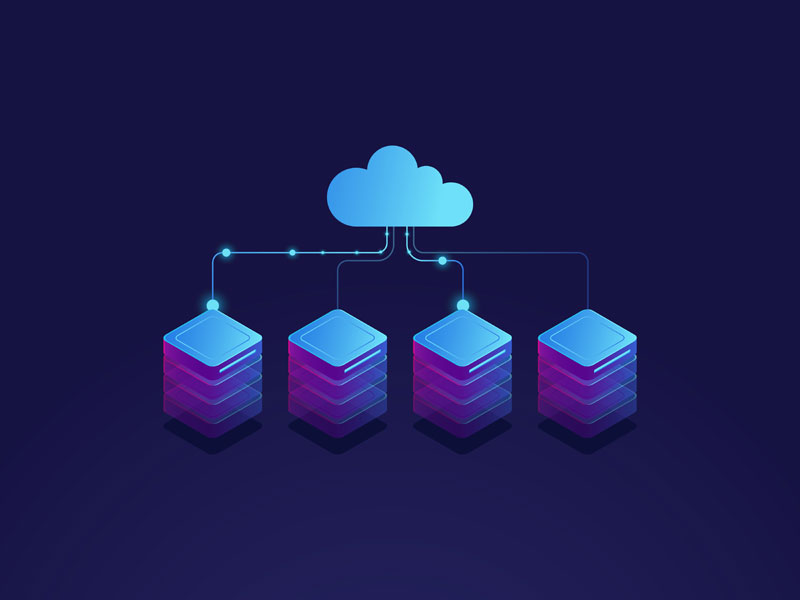Safeguarding the Digital Frontier: The Imperative of Cybersecurity
In an increasingly interconnected world where data flows freely and digital transactions abound, cybersecurity stands as the guardian of our digital frontier. It encompasses a broad spectrum of technologies, processes, and practices designed to protect networks, systems, and data from cyber threats. As we navigate the complexities of cyberspace, understanding the essence of cybersecurity, its challenges, and best practices becomes paramount.
Understanding Cybersecurity
Cybersecurity encompasses a multifaceted approach to safeguarding digital assets against a wide range of cyber threats, including malicious actors, malware, phishing attacks, and data breaches. It involves the implementation of defensive measures aimed at preventing unauthorized access, detecting and mitigating threats, and ensuring the confidentiality, integrity, and availability of information.
Key Components of Cybersecurity
Network Security: Network security focuses on protecting the integrity and confidentiality of data transmitted over computer networks, including the internet and internal network infrastructures. It involves the deployment of firewalls, intrusion detection systems, and encryption protocols to defend against unauthorized access and malicious activities.
Endpoint Security: Endpoint security aims to secure individual devices, such as computers, smartphones, and tablets, from cyber threats. This includes installing antivirus software, implementing device encryption, and enforcing access controls to mitigate the risk of malware infections and unauthorized access.
Data Security: Data security involves protecting sensitive information, such as customer data, intellectual property, and financial records, from unauthorized access, disclosure, and alteration. This may include encrypting data at rest and in transit, implementing access controls, and regularly auditing data access and usage.
Identity and Access Management (IAM): IAM solutions manage user identities and control access to resources based on user roles and permissions. By implementing strong authentication mechanisms, such as multi-factor authentication (MFA) and biometric authentication, organizations can prevent unauthorized access to critical systems and data.
Security Awareness Training: Educating employees about cybersecurity best practices and raising awareness about common threats, such as phishing attacks and social engineering scams, is essential for building a security-conscious culture within organizations.
Challenges and Emerging Trends
Despite advancements in cybersecurity technology, organizations continue to face numerous challenges and evolving threats:
Sophisticated Cyber Attacks: Cybercriminals are continuously developing sophisticated techniques to bypass traditional security measures, making it increasingly challenging for organizations to defend against advanced threats.
Shortage of Skilled Professionals: There is a growing shortage of cybersecurity professionals with the skills and expertise needed to effectively combat cyber threats, creating a significant talent gap in the industry.
Rapidly Evolving Threat Landscape: The cyber threat landscape is constantly evolving, with new threats and attack vectors emerging regularly. Organizations must stay vigilant and adapt their cybersecurity strategies to address evolving threats effectively.
Compliance and Regulatory Requirements: Compliance with industry regulations and data protection laws, such as GDPR and CCPA, imposes additional challenges on organizations, requiring them to implement robust cybersecurity measures and ensure compliance with regulatory requirements.
Best Practices for Cybersecurity
Risk Assessment and Management: Conduct regular risk assessments to identify potential security vulnerabilities and prioritize remediation efforts based on the level of risk.
Continuous Monitoring and Incident Response: Implement continuous monitoring solutions to detect and respond to security incidents in real-time, minimizing the impact of cyber attacks and data breaches.
Employee Training and Awareness: Provide comprehensive cybersecurity training to employees at all levels of the organization, emphasizing the importance of security best practices and promoting a security-conscious culture.
Regular Software Updates and Patch Management: Keep software and systems up to date with the latest security patches and updates to address known vulnerabilities and minimize the risk of exploitation by cyber attackers.
Collaboration and Information Sharing: Foster collaboration and information sharing among industry peers, government agencies, and cybersecurity professionals to stay informed about emerging threats and best practices for mitigating cyber risks.
Conclusion
Cybersecurity is not merely a technological challenge but a fundamental imperative for safeguarding our digital way of life. By embracing a proactive and holistic approach to cybersecurity, organizations can effectively mitigate cyber risks, protect critical assets, and uphold the trust and confidence of customers and stakeholders in an increasingly digital world. As we continue to navigate the complexities of cyberspace, the commitment to cybersecurity must remain unwavering, ensuring a safe and secure digital future for all.




